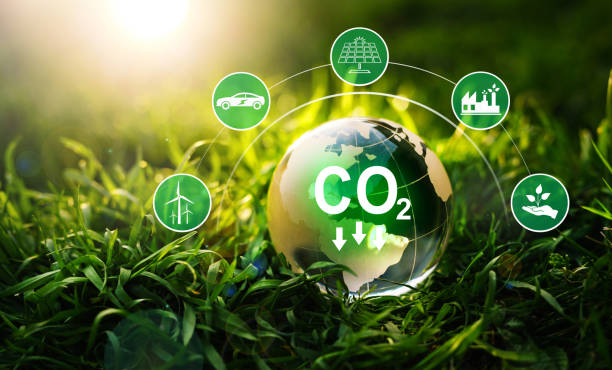
FAQ About Green Economy
Green Economy
2 years ago | gizem
How does the Green Economy affect traditional industries?
The transition to a Green Economy can have significant implications for traditional industries, both positive and disruptive. The impact varies depending on the industry's level of environmental impact, its ability to adapt to sustainable practices, and the overall economic context. Here's how the Green Economy can affect traditional industries:
Positive Effects:
- Innovation and Adaptation: Traditional industries can innovate and adapt to embrace greener practices, technologies, and products, leading to increased competitiveness and market share.
- New Market Opportunities: Green Economy initiatives can create new markets for eco-friendly products, services, and technologies, potentially opening up avenues for diversification and growth.
- Efficiency Improvements: Adopting sustainable practices can lead to resource efficiency, reduced waste, and cost savings for traditional industries.
- Brand Enhancement: Implementing environmentally responsible practices can enhance a company's brand image, attract environmentally conscious consumers, and improve reputation.
- Regulatory Compliance: Adapting to green practices can help industries comply with increasingly stringent environmental regulations and avoid potential fines or penalties.
Disruptive Effects:
- Market Shifts: As consumer preferences shift toward green products, traditional industries that do not adapt may face decreased demand and declining profitability.
- Stranded Assets: Traditional industries relying heavily on fossil fuels could face "stranded assets" if their existing infrastructure becomes obsolete due to the transition to renewable energy sources.
- Economic Restructuring: The shift to the Green Economy can lead to economic restructuring, potentially resulting in job displacement in industries that do not align with sustainability goals.
- Investment Reallocation: Investors may increasingly shift their funds away from carbon-intensive industries toward greener sectors, impacting traditional industry financing.
- Skills Mismatch: The Green Economy requires a workforce with different skill sets, and traditional industries may face challenges in retraining workers to meet new demands.
- Supply Chain Pressures: Businesses in traditional industries may face pressure from their supply chains to adopt greener practices and reduce their environmental footprint.
Examples:
- Automotive Industry: The transition to electric vehicles (EVs) and stricter emission standards is pushing the automotive industry to invest in EV technology, charging infrastructure, and low-emission vehicles.
- Energy Sector: Traditional fossil fuel-based energy companies are diversifying into renewable energy to meet clean energy targets and capitalize on growing demand for renewables.
- Agriculture: Agriculture is adopting sustainable practices to reduce chemical usage, improve soil health, and meet consumer demand for organic and locally sourced products.
- Construction: Construction industries are incorporating green building practices to create energy-efficient, environmentally friendly structures.
- Textile Industry: Traditional textile manufacturers are exploring sustainable materials and production methods to reduce water consumption and chemical use.
- Transportation: Traditional transportation industries are exploring shared mobility solutions, electric vehicles, and other low-carbon alternatives to address congestion and emissions.
